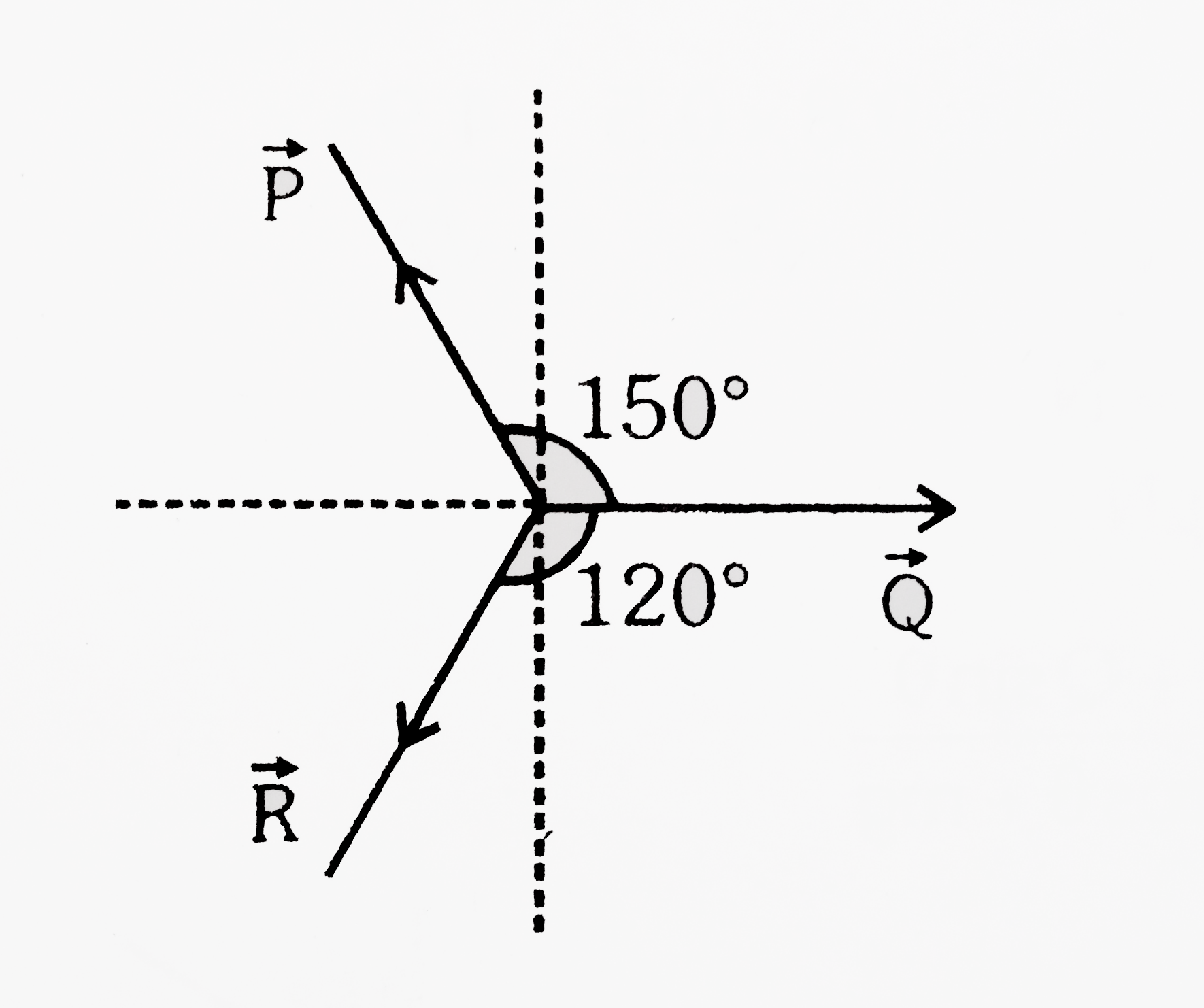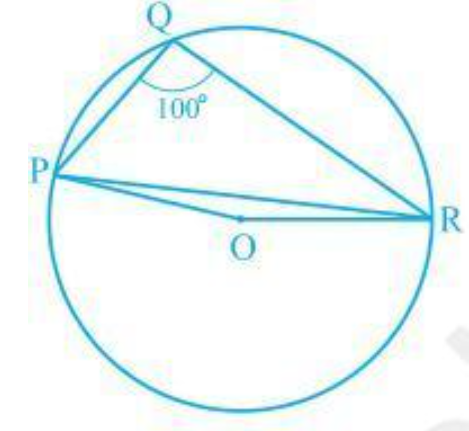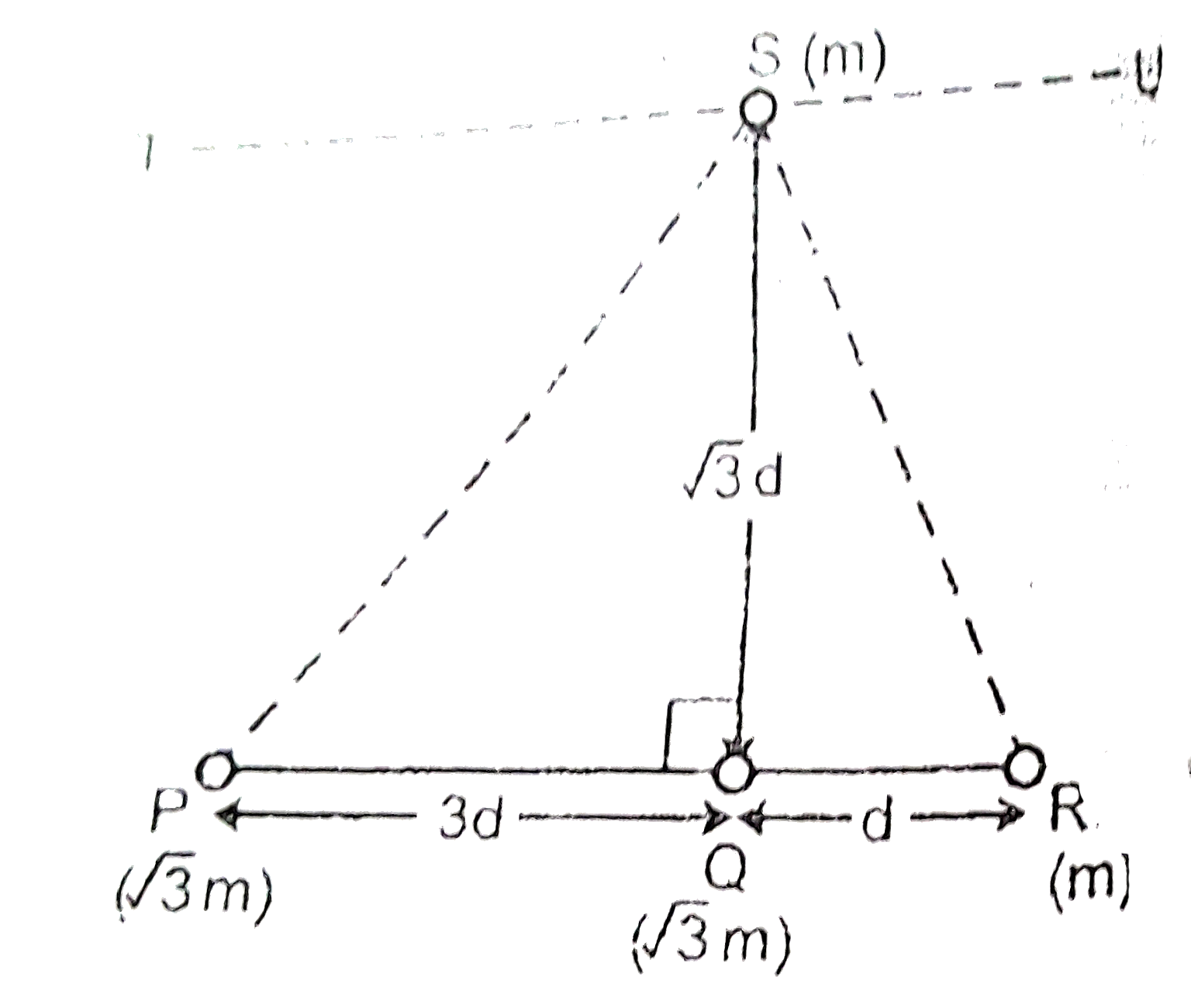Three forces P, Q and R are acting on a particle in the plane, the angle between P and Q and then between Q and R are 150∘ and 120∘ respectively. Then for equilibrium, forces P, Q and R are in the ratio :
1:2:3
1:2:√3
3:2:1
31/2:2:1
The correct Answer is:D

Pcos60∘=Rcos30∘
∴P=R√3
Q=Psin60∘+Rsin30∘
Q=R√3×√32+R2=2R
P:Q:R=√3:2:1
Topper's Solved these Questions
- NEWTONS LAWS OF MOTIONBook:ALLENChapter:NEWTONS LAWS OF MOTIONExercise:EXERCISE-III
Explore 28 Videos
- NEWTONS LAWS OF MOTIONBook:ALLENChapter:NEWTONS LAWS OF MOTIONExercise:EXERCISE-I
Explore 52 Videos
- NEWTON'S LAWS OF MOTION & FRICTIONBook:ALLENChapter:NEWTON'S LAWS OF MOTION & FRICTIONExercise:EXERCISE (JA)
Explore 4 Videos
- RACEBook:ALLENChapter:RACEExercise:Basic Maths (Wave Motion & Dopplers Effect) (Stationary waves & doppler effect, beats)
Explore 24 Videos
Similar Questions
Three forces P, Q and R are acting on a particel in the plane, the angle between P and Q and that between Q and R are 150∘ and 120∘ respectively. Then for equilibrium, forces P, Q and R are in the ratio
View SolutionThree forces P, Q and R are acting on a particel in the plane, the angle between P and Q and that between Q and R are 150∘ and 120∘ respectively. Then for equilibrium, forces P, Q and R are in the ratio
View SolutionThe angles between P+Q and P-Q will be
View SolutionIf P+Q=Rand|P|=|Q|=√3and|R|==3, then the angle between P and Q is
View SolutionGiven that P 12, Q = 5 and R = 13 also P+Q=R, then the angle between P and Q will be
View SolutionIf vector P,QandR have magnitude 5,12,and 13 units and →P+→Q=→R, the angle between Q and R is
View Solution−10μC,40μC and q are the charges on three identical conductors P,Q and R respectively, Now P and Q attract each other with a force F when they are separated by a distance d. Now P and Q are made in contact with each other and then separated . Again Q and R are touched and they are separated by a distance 'd' . The repulsive force between Q and R is 4F . Then the charge q is:
View Solution∠PQR=100∘, where P, Q and R are points on a circle with centre O. Find ∠OPR

View SolutionThree particales P,Q and R are placedd as per given Masses of P,Q and R are √3m√3m and m respectively The gravitational force on a fourth particle 'S' of mass m is equal to
 .
.
View SolutionIf P,Q and R are three collinear points such that →PQ=→a and →QR = →b. Find the vector →PR .
View Solution

